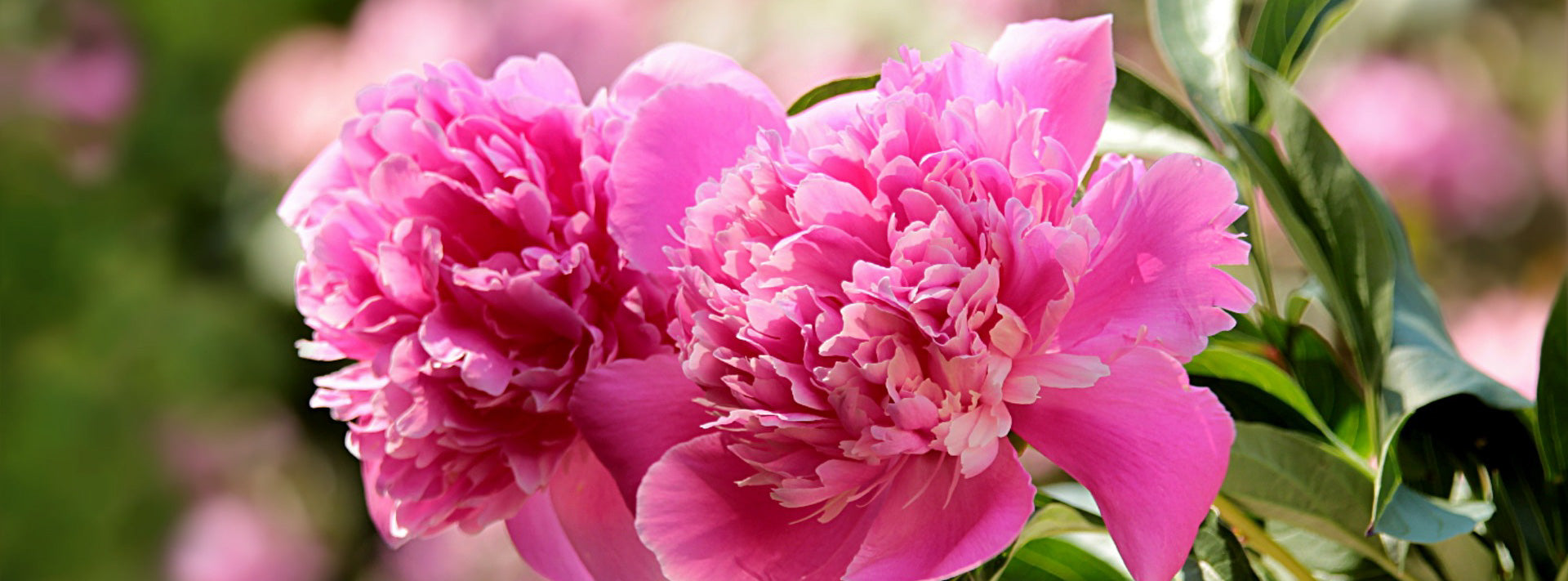この帯に描かれている柄・文様
Japanese patterns and motifs used in this obi

菊
Chrysanthemum
Introduced from China from the Nara period to the Heian period. A typical plant that symbolizes longevity based on traditional Japanese play “Noh”. In fact...

桐
Empress tree
Since ancient times in China, Empress tree has been respected as a tree inhabited by the fantasy bird, the phoenix. The story was transmitted to Japan, and it has been used as an auspicious pattern for the emperor's clothing since the Middle Ages...

蘭
Orchid
They are called “Shikunshi=Japanese flower quartet” with Matsu (pine), Take (bamboo), Ume (plum blossom) and Ran (orchid) are used together...

杜若
Iris
The dark purple flowers bloom in May-June. It features a white pattern in the center of the three petals. They have been a favorite pattern since the Heian period, and...

牡丹
Peony
They have been considered as a top/head of all flowers in China. Imported to Japan in the Nara period. Started to be used as a medicine and became...

梅
Plum blossom
Originated in China and brought to Japan in the Nara period. Since the plum blossoms bloom before other flowers in the cold weather, they are considered as a ideal symbol for enduring adversity in life...

竹
Bamboo
Since they keep their fresh green color all year round and grows straight with strong roots, they have been considered sacred symbol. Considered as a symbol of celebrations. Their beautiful shape...

流水
Running water
The pattern of running water has been variously expressed as an eternal form. Since water is the source of life, the movement of water running into the ocean represents life...

